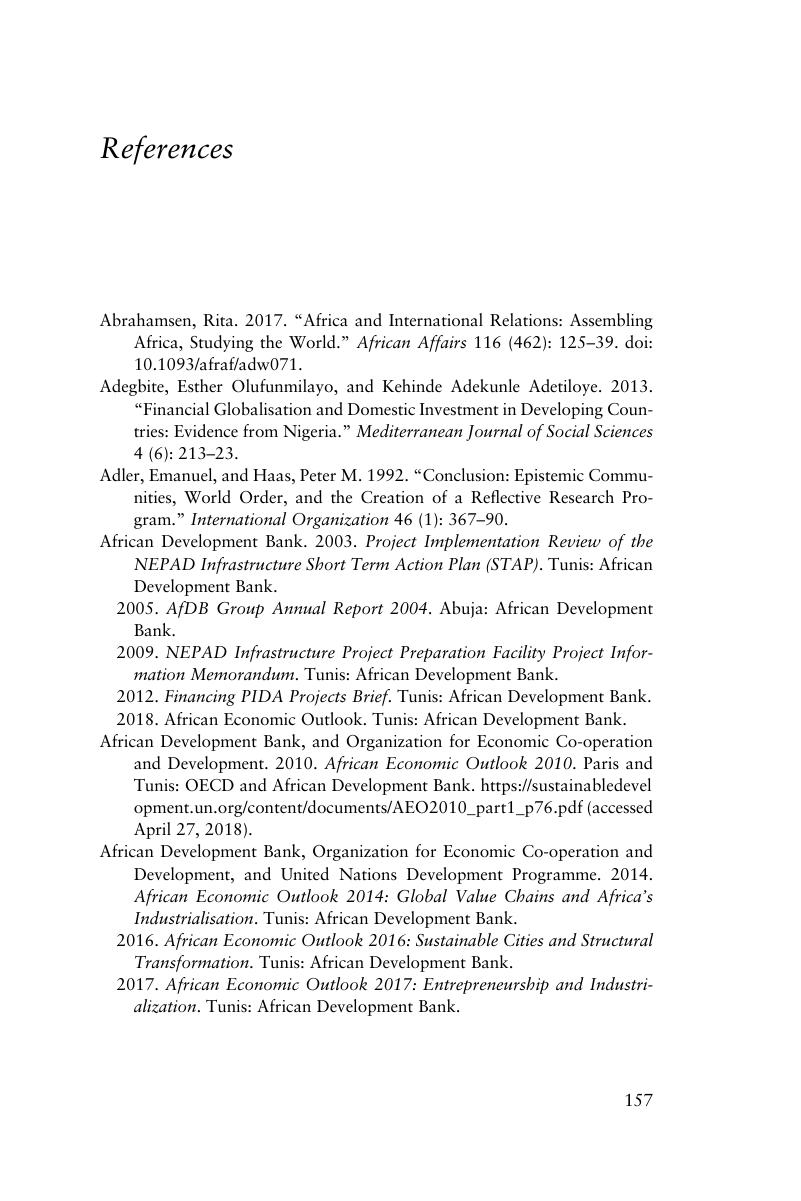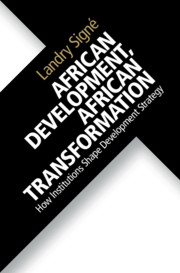Book contents
- African Development, African Transformation
- Advance Praise for African Development, African Transformation
- African Development, African Transformation
- Copyright page
- Contents
- Figures
- Tables
- Foreword
- Preface
- Acknowledgments
- Abbreviations
- Introduction
- 1 An Analytical Framework to Explain the Origin, Development, and Effects of AUDA
- 2 The Foundations and First Generations of Structural Adjustment Programs
- 3 Partial Reorientation of the International Monetary Fund and World Bank Discourse and the Creation of AUDA
- 4 AUDA and International Financial Institutions
- 5 AUDA in the Twenty-First Century
- 6 Financing Africa’s Development in the Twenty-First Century
- 7 The Way Forward to Transforming Africa by 2030/2063
- Conclusion
- References
- Index
- References
References
Published online by Cambridge University Press: 19 October 2018
- African Development, African Transformation
- Advance Praise for African Development, African Transformation
- African Development, African Transformation
- Copyright page
- Contents
- Figures
- Tables
- Foreword
- Preface
- Acknowledgments
- Abbreviations
- Introduction
- 1 An Analytical Framework to Explain the Origin, Development, and Effects of AUDA
- 2 The Foundations and First Generations of Structural Adjustment Programs
- 3 Partial Reorientation of the International Monetary Fund and World Bank Discourse and the Creation of AUDA
- 4 AUDA and International Financial Institutions
- 5 AUDA in the Twenty-First Century
- 6 Financing Africa’s Development in the Twenty-First Century
- 7 The Way Forward to Transforming Africa by 2030/2063
- Conclusion
- References
- Index
- References
Summary

- Type
- Chapter
- Information
- African Development, African TransformationHow Institutions Shape Development Strategy, pp. 157 - 182Publisher: Cambridge University PressPrint publication year: 2018



